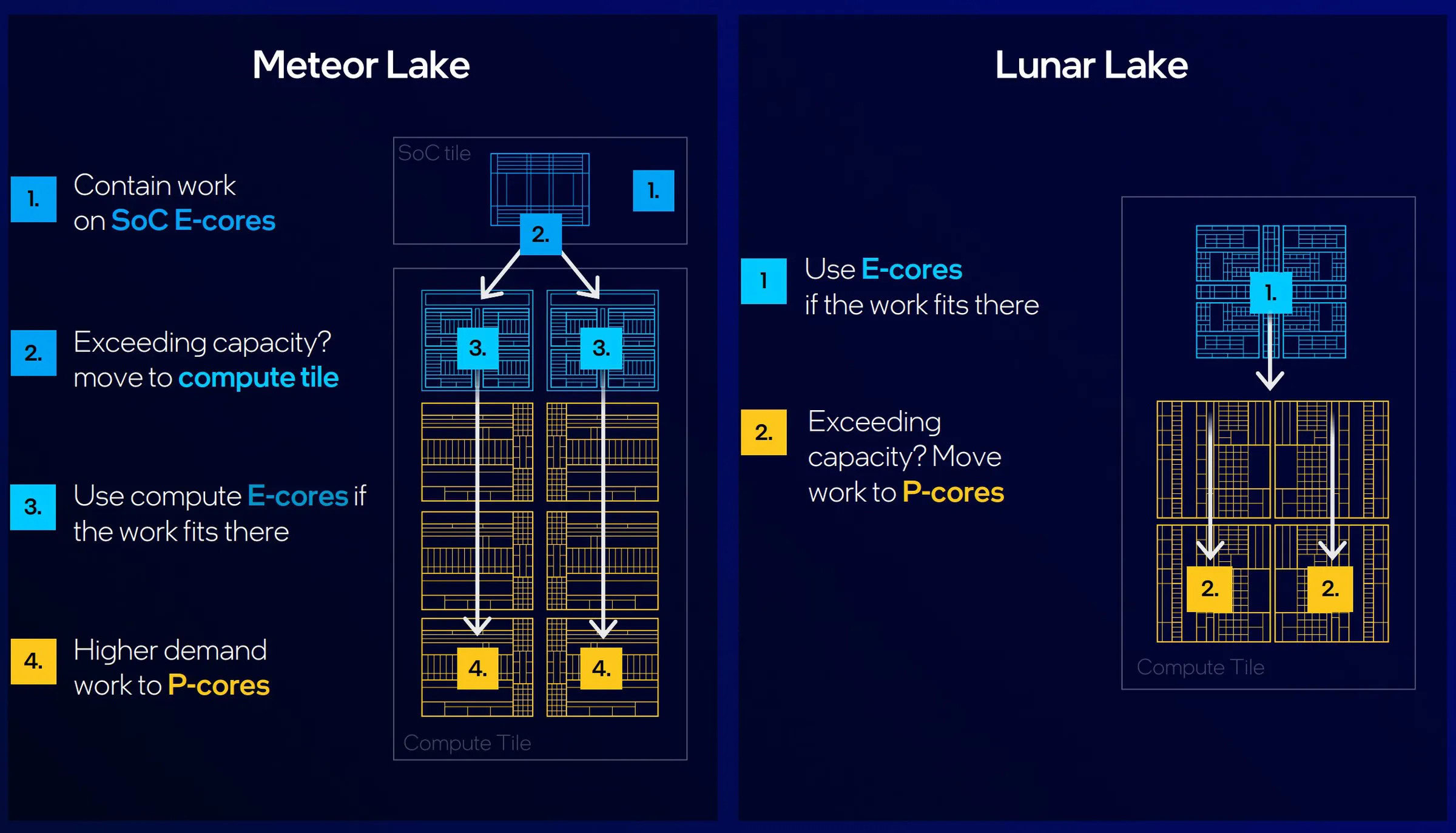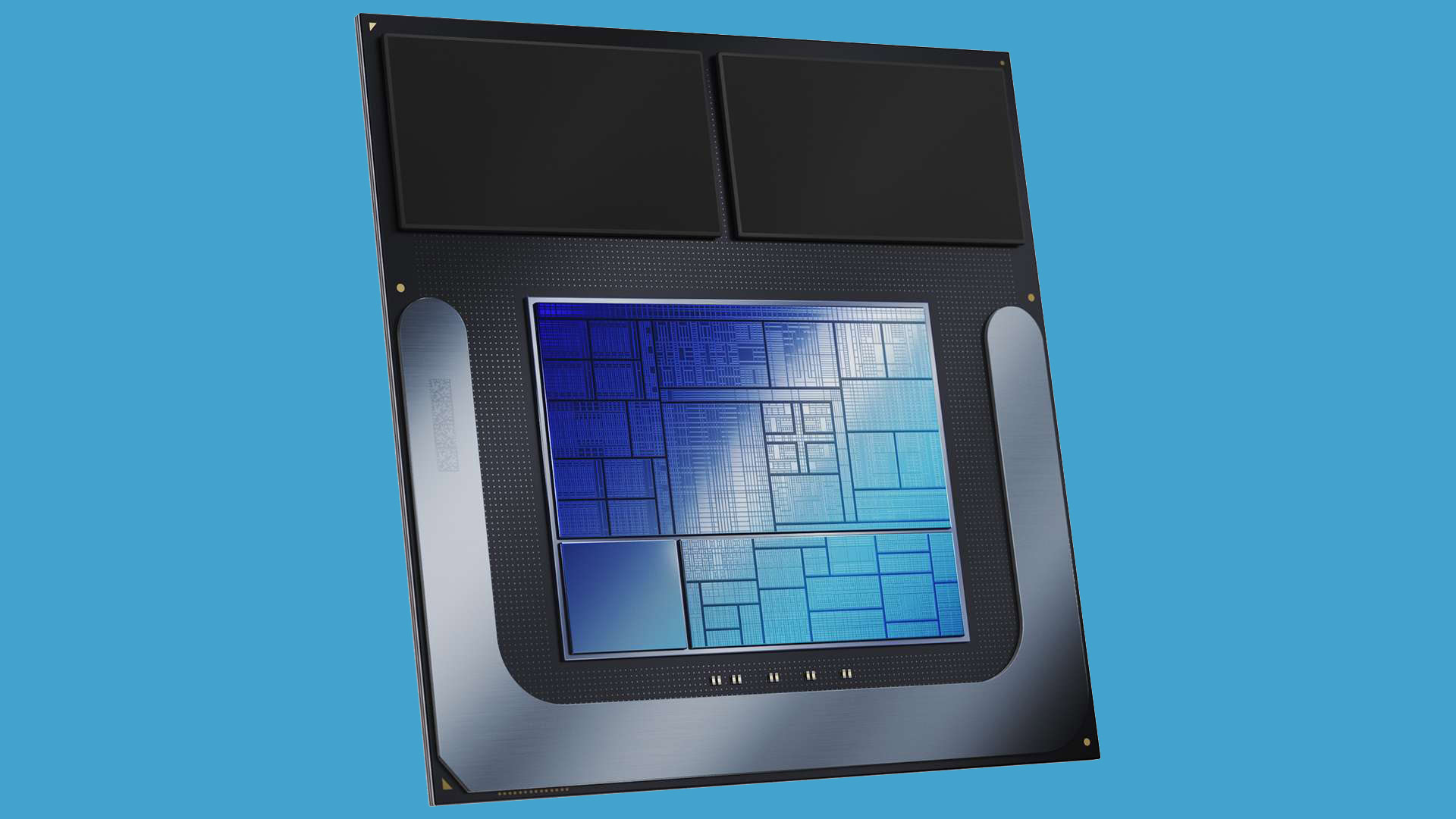Affiliate links on Android Authority may earn us a commission. Learn more.
Intel Lunar Lake is here, and RAM is built right into it, which is just wild for Intel
Published onJune 4, 2024
- Intel has announced Lunar Lake, its newest chip design.
- Lunar Lake is a complete overhaul, with wild changes such as built-in RAM and a totally revamped core structure.
- Systems with this new chip should start landing in time for the holiday season this year.
Computex 2024 is in full swing right now, and it’s clear there’s one thing on everyone’s mind: Qualcomm’s Snapdragon X chips. These Arm-based chips power Copilot Plus laptops with Windows on Arm software, which promise incredible battery life, super-charged performance, and AI-powered features you can’t get on any other laptop, Windows or otherwise. But now, we have a new chip from Intel that promises to shift the conversation — or at least raise a few eyebrows.
Today, Intel launched its new Lunar Lake chip design. This is a wholly revamped chip — literally nothing like Meteor Lake, which Intel only announced a year ago. It’s still x86-based, but the new design allegedly supports 60% better battery life, 14% faster CPU performance, and 50% more graphic performance than Meteor Lake.
Intel was able to achieve these feats by drastically redesigning pretty much everything about the chip. In fact, the redesign is so drastic that it will completely change the rest of the system that uses it. For example, RAM is soldered directly to the chip in either 16GB or 32GB of LPDDR5X flavors. That means motherboards using this chip will not need separate slots for RAM sticks. It also means, of course, that upgrading RAM will be impossible without upgrading the CPU itself.
Intel says this was necessary to increase power efficiency. When you think about it, it makes sense: the CPU needing to communicate with the motherboard and then with the RAM stick(s) is a big waste of energy. Baking the RAM into the chip itself solves that problem.
To be clear, this is not something new. Apple’s M-series chips do the same thing (although they go as low as 8GB of RAM, which is hilariously low for 2024). However, this is something new for Intel. Previously, Intel chips have almost always relied on a RAM bus.
If you don’t like this change, don’t worry: Intel will have an Arrow Lake chip later this year that will rely on a traditional RAM bus.
Intel Lunar Lake: Eight cores without Hyper-Threading

Lunar Lake’s setup is really simple: four performance cores and four efficiency cores. This is much simpler than Meteor Lake chips, which have six performance cores, eight efficiency cores, and an additional two “low-power efficiency” cores, creating a “low-power island.” The idea here was that Meteor Lake could run at maximum power efficiency by performing as many tasks as possible on the “island” and only tapping into the eight other cores when necessary.
While this sounded good on paper, it didn’t really work. Lots of programs — including Microsoft’s own Teams, which you think would have been optimized better to help Intel out — ended up using all 16 cores, even at light loads. Things are more complex than this one example, but suffice it to say that the Meteor Lake structure was a failure, and Intel is moving away from the “low-power island” after just one iteration.
Lunar Lake, instead, just has eight cores with no Hyper-Threading (a system that allows more than one thread to run on each core). Instead of Hyper-Threading, Intel is simply relying on the four efficiency cores, which it says are as fast as Meteor Lake’s low-power efficiency cores but use 1/3 the energy.
“This is key to Lunar Lake battery life,” Intel fellow Stephen Robinson told The Verge. “We can run more workloads in a lower power environment on a lower power core with fewer things turned on and still give you a great user experience.”
In other words, Intel simplified things immensely and made everything more efficient, thus saving power without harming performance.
Xe2 GPU and the NPU
As with Meteor Lake, Lunar Lake has a graphics processing unit (GPU) built in. Meteor Lake’s GPU was called the Intel Xe, and Lunar Lake gets the Xe2. The company claims it offers 1.5x the graphics performance of any iteration of Xe on Meteor Lake (which it says it can back up through 3D mark Time Spy benchmarks, which we haven’t seen yet).
Unlike the CPU, though, Lunar Lake’s GPU isn’t wildly redesigned. It has the same structure as Xe with the same number of cores. Once again, Intel’s just made things more efficient this time around.
Intel also boosted the neural processing unit (NPU) significantly. On Meteor Lake, the NPU could only reach 11.5 trillion operations per second (TOPS). This is way lower than what Qualcomm just announced with its Snapdragon X chips, which reach up to 45 TOPS. It also made Meteor Lake ineligible for Microsoft’s Copilot Plus program, which requires at least 40 TOPS.
Lunar Lake solves this problem by literally quadrupling NPU performance to 48 TOPS. Obviously, this does draw more power. But Intel argues that since it will perform operations faster, this will even out in real-world usage of AI-based features. Speaking of which, Intel says partners are working on 350 AI-based features for PCs coming in 2025.
When will you see Lunar Lake laptops?
Intel says Lunar Lake machines will start to arrive around the holiday season this year. The company says you can expect a huge wave of them with 80 different designs across 20 OEM partners — far larger than what we just saw from Qualcomm with its Snapdragon X processors.
This will be a very interesting time for Windows-based laptops. Will Qualcomm become the new hotness with its Arm-based system sipping on battery life while still offering plenty of power for professionals? Or will Windows on Arm’s well-known limitations continue to prevent it from succeeding? Meanwhile, will Intel’s wild revamp help it keep a stranglehold on the laptop market? Or is this crazy pivot evidence that the company has lost its footing?
Time will tell on the answers to these questions. One thing is certain, though: buying a laptop later this year is going to be a very complicated decision.
